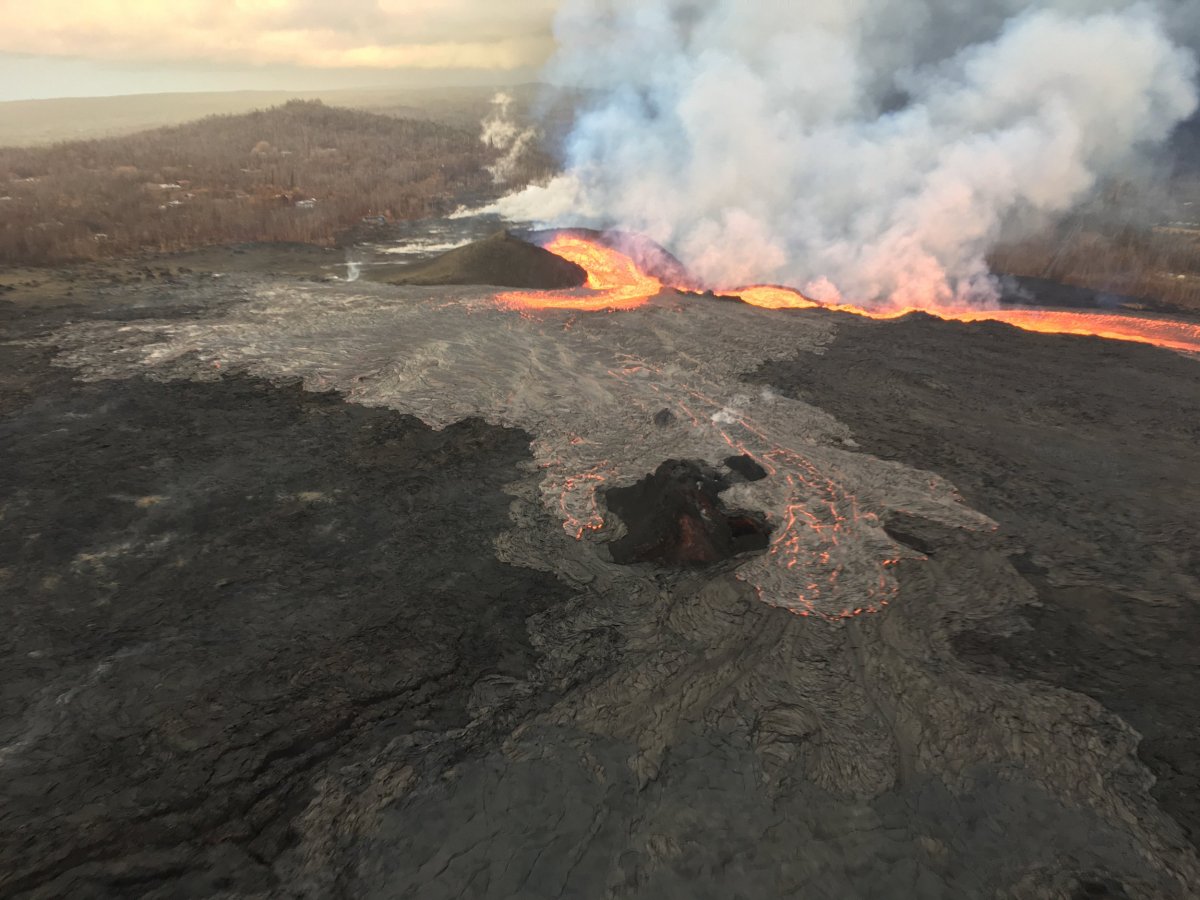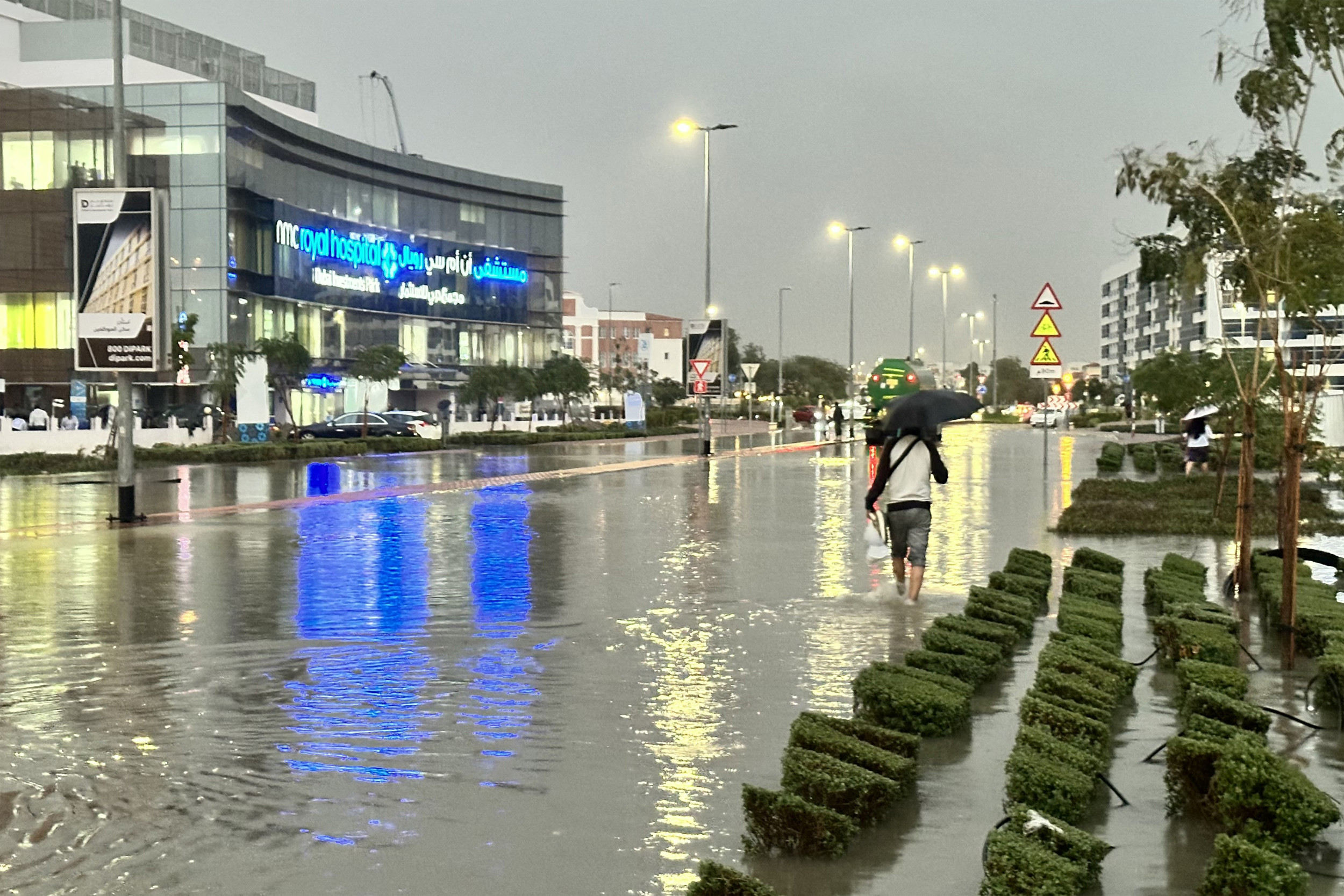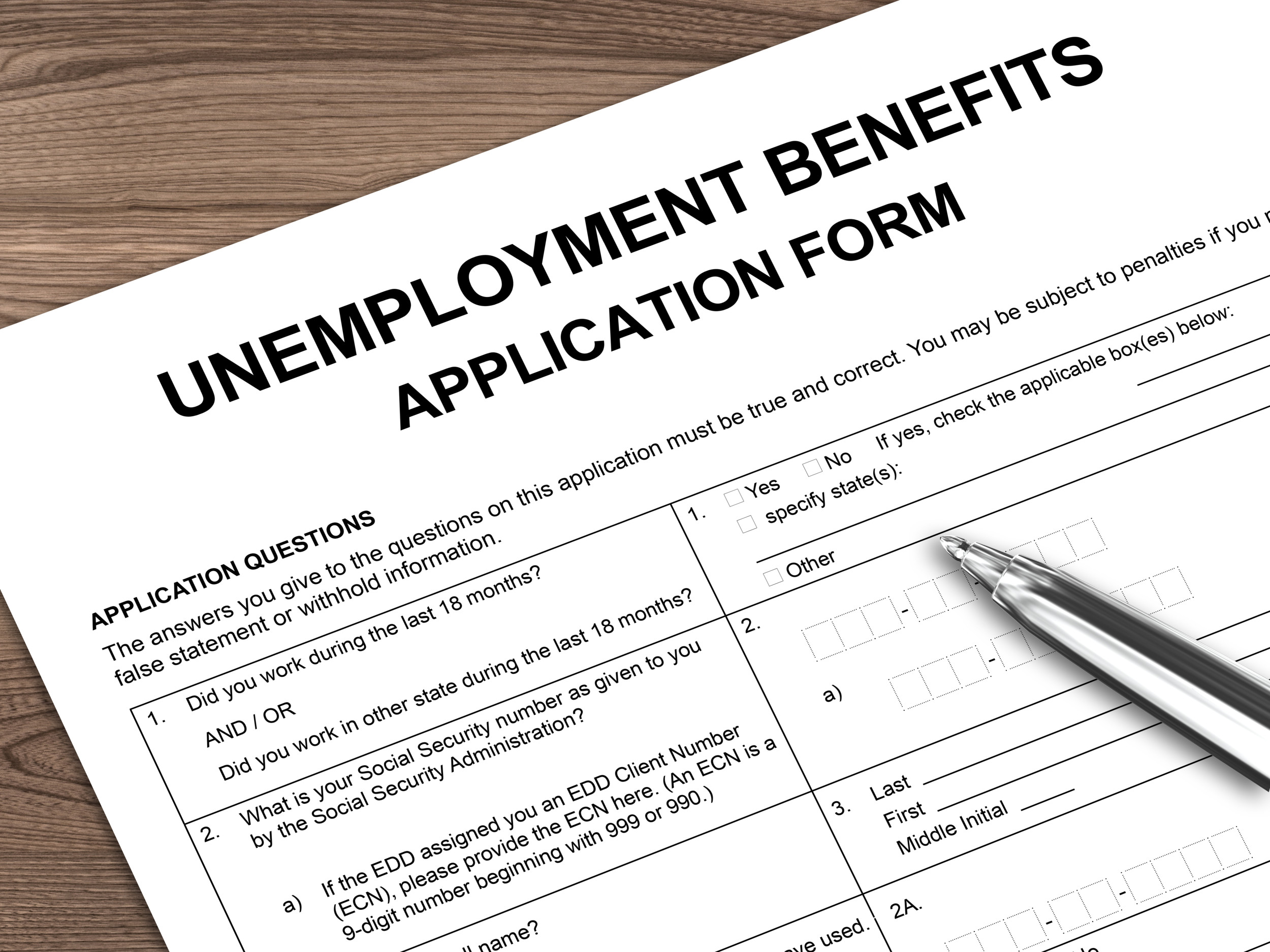Rain is in the forecast for the island of Hawaii where activity from the Kilauea volcano has yet to yield since it started May 3. Since then, the lava has flowed over vast areas of the island, overtaking numerous structures. Homes, a school and an entire bay have been covered or filled with lava since the activity began.
Increased activity at the summit of the volcano Friday caused a collapse event. An increase in the amount of lava flowing from Fissure 8 caused an overflow in the channel where it had previously been contained. For the most part, the lava stays in a sort of lava river, but when there's a blockage or an increase in flow, the lava can sometimes spill over the banks of the river.
Not only can the collapse events cause the lava to flow over, it also causes what feel like earthquakes on the island. Those quake events have plagued residents on the island for more than two months now. Each time the caldera, the part of land over the magma pit, falls a bit as the lava drains, a collapse event occurs. Each event causes anywhere from one to two meters of drop, according to the United States Geological Survey.
The eruptions of lava are also causing the release of gases into the air around the volcano. The volcano releases sulfur dioxide and sulfate particles into the air. They mix with water vapor, sunlight and other air particulates and create a mix called vog that is hazy and can fill the area around the volcano but are easily moved with the wind. The levels of vog currently around Kilauea are three to seven times higher than they were before the activity started, according to the USGS. This can cause irritation to the skin, eyes and lungs.
Down along the coastline, where the lava has reached the ocean, there is another hazard: a lava haze plume called laze. That plume contains hydrochloric acid and small volcanic glass pieces that can also be irritants to the eyes, lungs and skin like vog can, according to Hawaii Civil Defense.
There is a Disaster Recovery Center set up for those in need of assistance following the eruptions and volcanic activity on the island.
The possibility of rain in the forecast increases the chances of acid rain falling on Hawaii and contaminating water sources. While the air is saturated with the volcanic gases, rain falling through it can become contaminated before it falls.

Uncommon Knowledge
Newsweek is committed to challenging conventional wisdom and finding connections in the search for common ground.
Newsweek is committed to challenging conventional wisdom and finding connections in the search for common ground.
About the writer
Nina was a breaking news reporter. She previously worked at Business Insider, The Boston Globe, and Boston.com.
To read how Newsweek uses AI as a newsroom tool, Click here.








